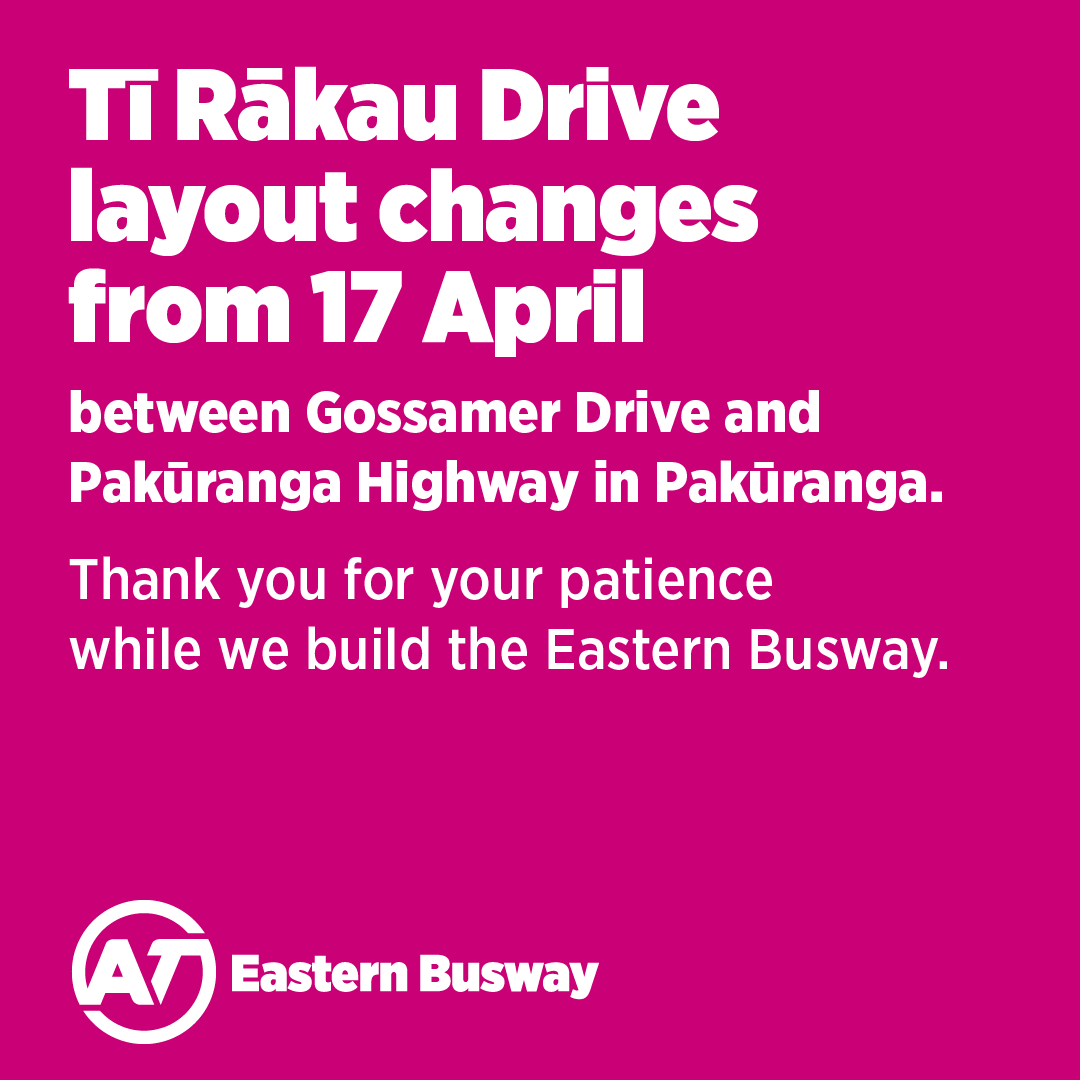Experts believe 90% target good to open international border

The New Zealand Government recently set a vaccine target of 90 percent fully vaccinated eligible population in each 20 District Health Board (DHB) areas before moving to a nationwide ‘traffic light’ system which will replace the current alert level system and national lockdowns.
In the Prime Minister’s announcement last week, though, there was no indication of when the international border would likely be opened. That announcement is due soon.
However, Auckland is set to move into the new framework when 90 percent of the eligible population in each of the three DHBs are fully vaccinated. An assessment of the situation would be made on 29 November, the Prime Minister announced.
As of October 24, 87 percent of the eligible population across New Zealand have had their first vaccine and 71 percent of the eligible population with two doses. In New Zealand, as of October 24, 6,623,500 doses of the vaccine have been administered – 3,643,337 first dose and 2,980,163 second dose.
Indian Weekender spoke to experts to find out if moving to the traffic light is feasible at a 90 percent target rate and when and how New Zealand should open its international border.
Microbiologist Siouxsie Wiles believes the set target of a 90 percent vaccine rate to move to the new system is feasible. She says, “I think it is feasible... but it will require all of us to help our family members and friends who are still nervous about getting vaccinated to access good information to help them make an informed choice.”
On being asked what should be the vaccine target for New Zealand to open its international border, Wiles says, “The target to open international border should be when over 90 percent of all our population are vaccinated, including our under 12s.”
Wiles says that the approach toward opening up the international border would depend on how the move to the new traffic light system goes. She explains, “Depending on the level of Covid-19 in the community in New Zealand, and the level of vaccinations, we will want to limit the importation of further variants. To open up fully to international travellers would not be possible with the MIQ system we currently have in place as it will involve assessing travellers for risk based on where they are coming from, requiring travellers to be fully vaccinated, and testing travellers on arrival and perhaps a few days after they have arrived. I am sure we will learn a lot from what other countries are doing in this space."
Sharing his thoughts on the New Zealand international border opening, University of Auckland infectious diseases Associate Professor Mark Thomas, says, “I think that 90 percent is an excellent target. However, I expect that if we do not seem to be likely to achieve this target within the next 6-8 weeks, then we should re-evaluate whether we should open the border at a lower level of vaccination. Once we are ready to open the border, we should have the requirement that visitors from other countries are fully vaccinated and that they have tests after arrival in NZ on the day of arrival and again at about 3-5 days.”
The recent modelling prepared by Shaun Hendy to support a future COVID-19 strategy for Aotearoa suggests that even with 90 percent vaccination and abandoning restrictions would result in 1500 deaths and 13,000 to 14,000 hospitalisations over the next year.
Wiles says, “I would like to see illness and deaths minimised. Once we have a highly vaccinated population, cases and deaths will be decoupled. But we should be aiming to minimise cases too, and this will likely involve the use of other interventions like masks and ventilation.”
Thomas also believes the number of deaths and cases will be dependent on vaccine rates, use of masks and maintaining social distancing. He says, “The final number of expected deaths and cases will depend on our vaccine uptake rates, and on our mixing patterns, i.e. whether we use masks and maintain social distancing or not, and how much we continue to use tests, trace, isolation and quarantine. I don’t doubt that Shaun Hendy's figures are correct. His team provides a range of outcomes depending on vaccination rates and test, trace, isolate and quarantine implementation rates.”
Lastly, when asked if New Zealand should start vaccines for under 12-year-olds, Wiles says, “New Zealand can't start vaccinating under 12s until a vaccine has been approved, and this is waiting on data being submitted to Medsafe.”
Thomas also believes that vaccine should be administered to under 12s if Medsafe considers both the safety and efficacy of the vaccine to be good in young children.




